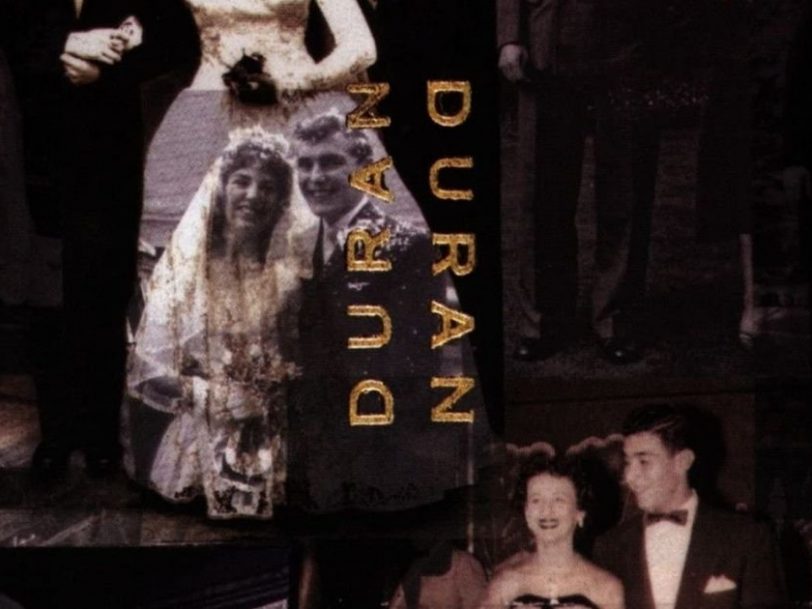Pop’s great survivors faced an uncertain future at the dawn of the 90s. Duran Duran’s first album of the decade, 1990’s Liberty, had gone Top 10 in the UK, but hadn’t capitalised on the group’s US success. With the home charts increasingly consumed by rave and Manchester-inspired dance-rock, and the R&B and hip-hop revolution in full (new jack) swing stateside, all but the holy trinity of 80s titans (Madonna, Prince and Michael Jackson) seemed set on a course towards public indifference. With their self-titled album of 1993 (aka “The Wedding Album”), Duran Duran had to prove they remained contenders on both sides of the Atlantic.
Listen to Duran Duran’s “The Wedding Album” here.
“‘The Wedding Album’ is one of our most important”
Relations within the band were strained, too. Drummer Sterling Campbell had recently left for a lucrative tour with David Bowie, while bassist John Taylor was in a battle against personal problems. The glory days of fan hysteria and global-hit albums such as Rio and Seven And The Ragged Tiger may have seemed impossible to recapture.
Salvation came, however, from that window of uncertainty. In a bid to save money, the four-piece (now including guitarist Warren Cuccurullo) passed on expensive recording sessions and chose to start work at Cuccurollo’s home studio. What emerged from the more relaxed environment is a 13-song monument to the magic of how a great song can transcend any market trend. With what became known as “The Wedding Album”, Duran Duran put themselves beyond the reach of passing fancies and established themselves as pop-rock icons, guaranteed an audience whatever the prevailing musical tide.
“Duran Duran may not have survived had we not got through that record”
Ordinary World, the timeless ballad with lyrics about the death of a close friend, penned by lead vocalist Simon Le Bon, is routinely billed among the best Duran Duran songs, and it emerged relatively early in the writing cycle for “The Wedding Album”. Released as the album’s lead single, its explosive performance (No.6 in the UK and an even more spectacular No.3 in the US) created a buzz around the band perhaps not truly witnessed since the mid-point of the 80s. But it is far from the only great song on the record. Second single – and a late addition to the tracklist – the sturdy, midtempo Come Undone, is another familiar radio staple that really helped fuel “The Wedding Album”’s performance following its release, on 11 February 1993.




